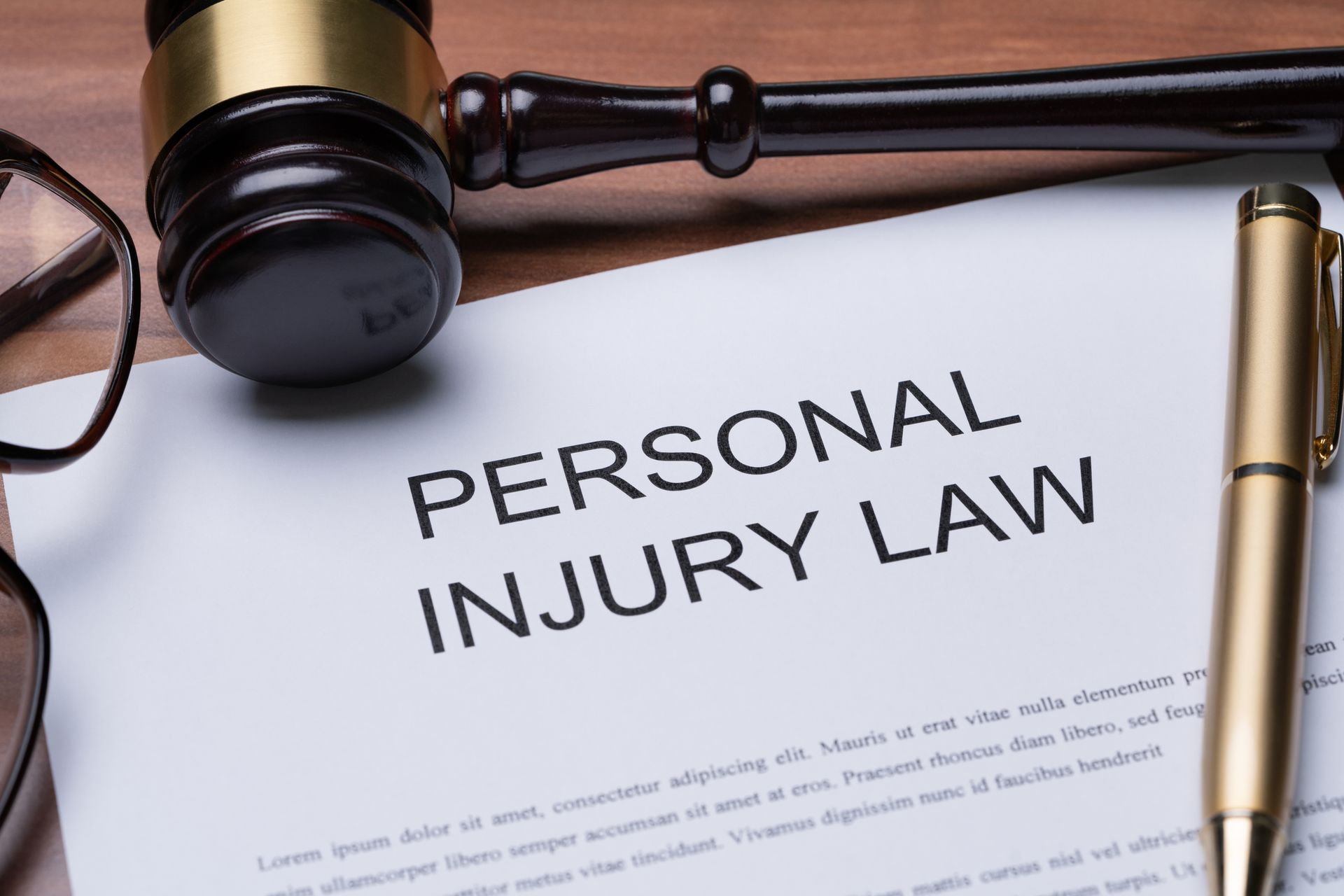What Happens When a Temporary Employee Is Injured?

Are you a temp worker who has been injured? You likely know that this type of employment offers different rewards and consequences than other types of employment. When a temporary worker becomes injured on the job, legal matters become slightly more complicated than when a traditional employee has an injury.
Why Are Temporary Workers Different?
Approximately 17 million people
in America work as temporary employees, sometimes known as temps. According to some studies, temps are at higher risk for injury than other employees, and all too many temporary workers do not understand their legal rights after an injury.
In most cases of injured employees, the employee collects workers' compensation and is thus unable to sue his or her employer. This rule does not apply to temp workers, who have the legal right to sue a business because they work for an agency.
Temp workers have the ability to sue a place of work if the business failed to provide a safe environment, failed to provide safe training, or was negligent in its treatment of employees or the workplace.
How Do Temps Sue Employers?
To sue an employer for negligence, temps need to first prove the employer had a duty of care. Typically, employers do have a responsibility to provide a safe environment for the employees to complete tasks in. Workers then need to show that the employer breached the duty of care.
Next, the temp must prove they have been injured. Medical bills, photos, and records are great evidence to bring to court. With your proof of injury, you must also build a case that the employer's breach of duty led to the injuries.
How Can a Temp Prove Negligence?
One of the biggest struggles a temp faces in court regards how to prove an employer or owner of a workplace was negligent. Temps who fail to prove negligence may see the judge dismiss their case, but gathering such evidence may prove difficult. With the right evidence, temps can strengthen their cases.
Evidence from videos, photos, and witness accounts from other temps and employees bolster a personal injury case against an employer. Temps also need to understand the negligence this evidence shows.
For example, the temp may need evidence to show that the employer does not provide adequate training for temps or other employees, which puts everybody who works in the facility at risk for injury - especially when dangerous equipment is involved.
Other types of negligence involve the lack of safety equipment, including hard hats or visibility vests. Additionally, managers may have failed to supervise the workplace properly, allowing untrained or unqualified employees to perform tasks they should not.
In some cases, the temp needs to prove that the dangers of the workplace were not adequately conveyed to those who would be working at the facility. Perhaps the workplace failed to properly communicate the scope of the job or the specific expectations for the temporary workers.
What Should You Do After an Injury?
An attorney is your best resource when you have questions about a personal injury in the workplace. Attorneys who understand employment and personal injury law can answer your questions as well as provide strong legal representation in court.
Injured parties must act quickly after an accident at work. North Carolina law has a statute of limitations of three yearsin which one has the ability to sue negligent parties.
The Law Offices of James B. Gillespie, Jr., PLLC, offers legal services. Call us today to sort through the difficult process ahead. We understand the difficulties you face, and we strive to protect your rights. We look forward to speaking with you.





